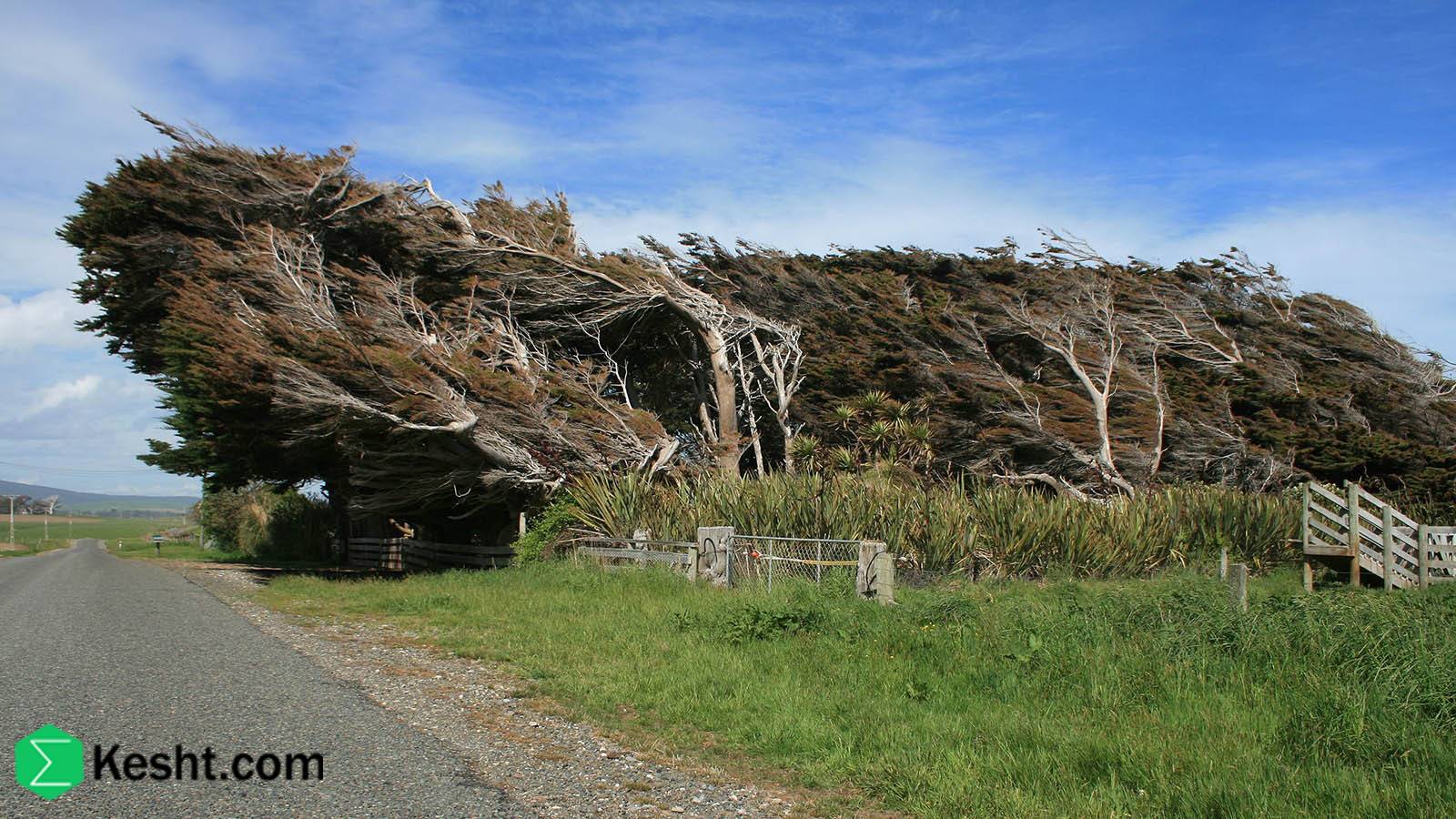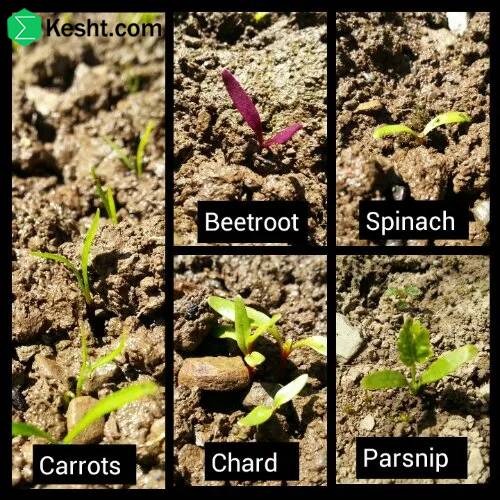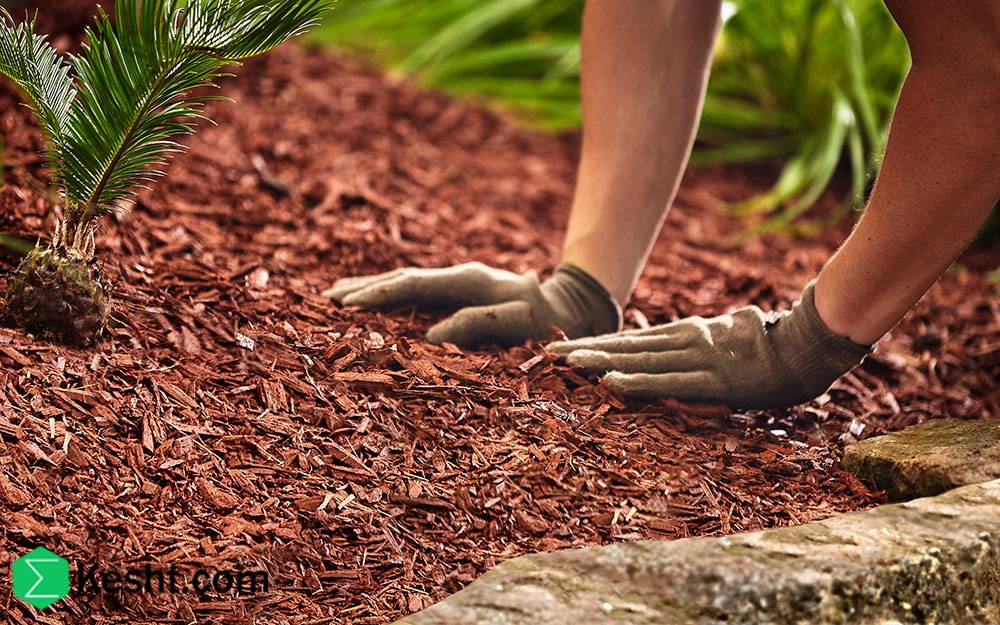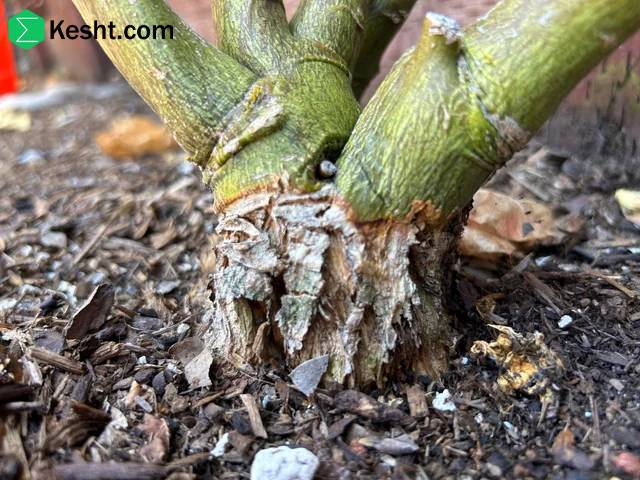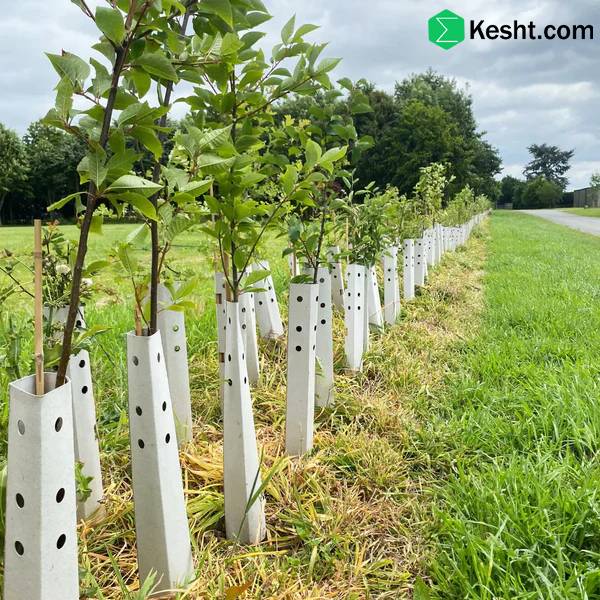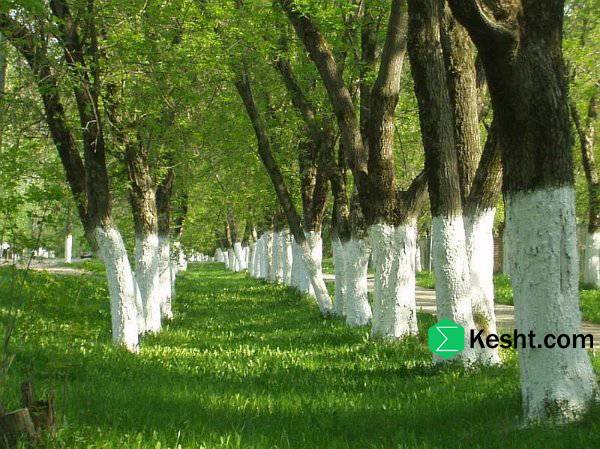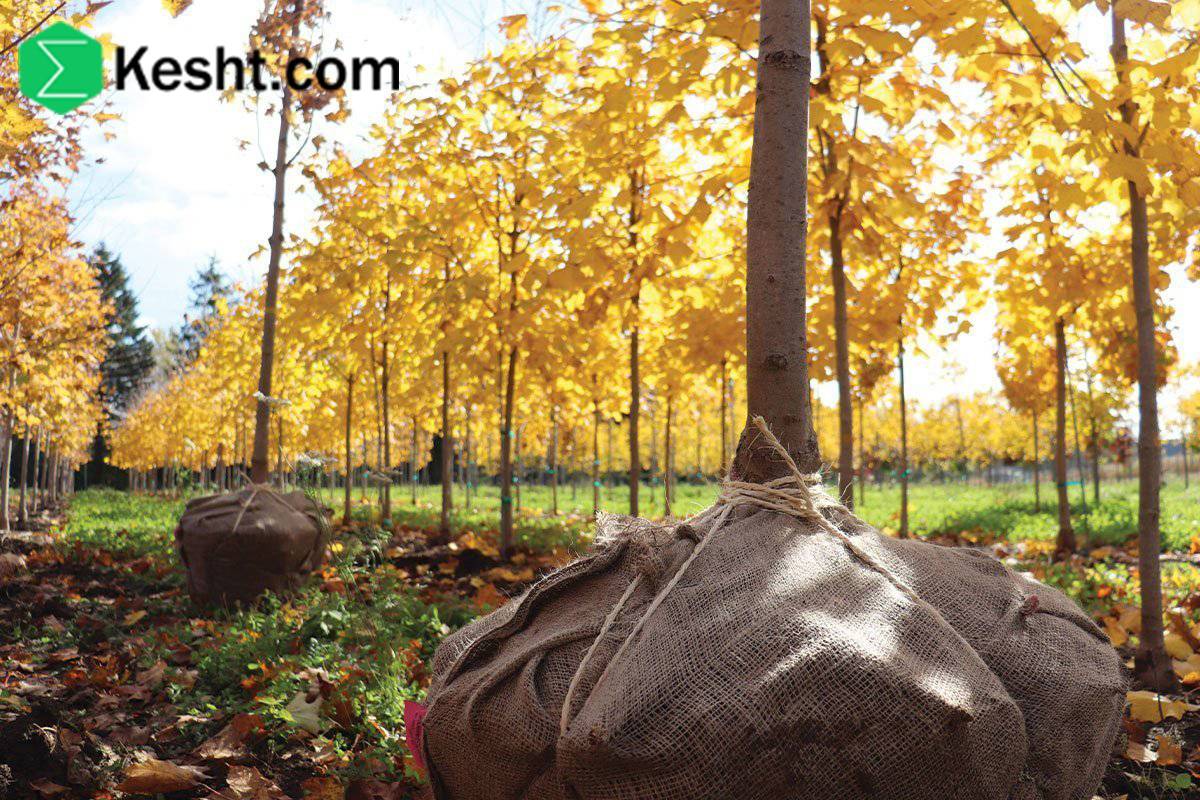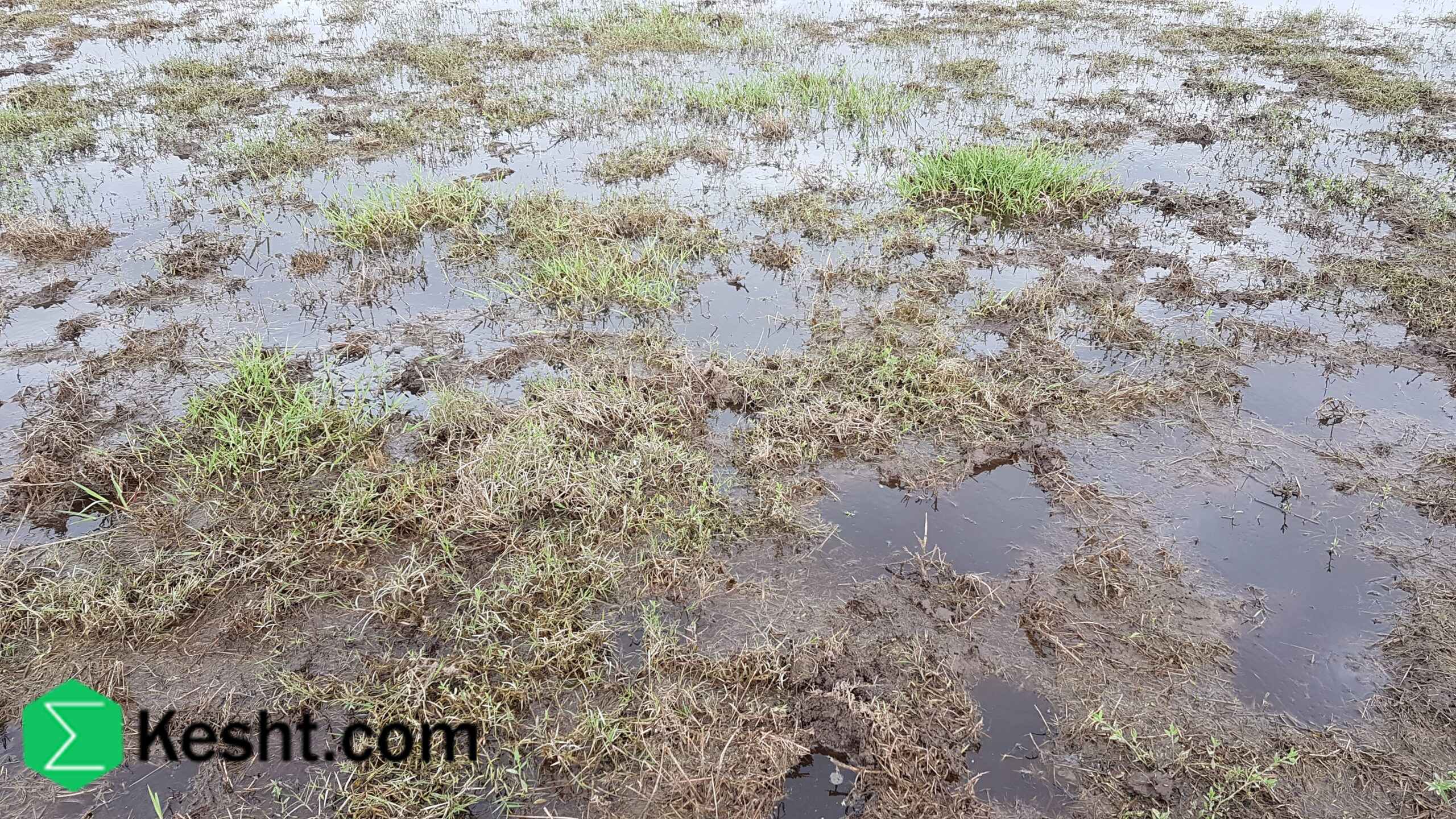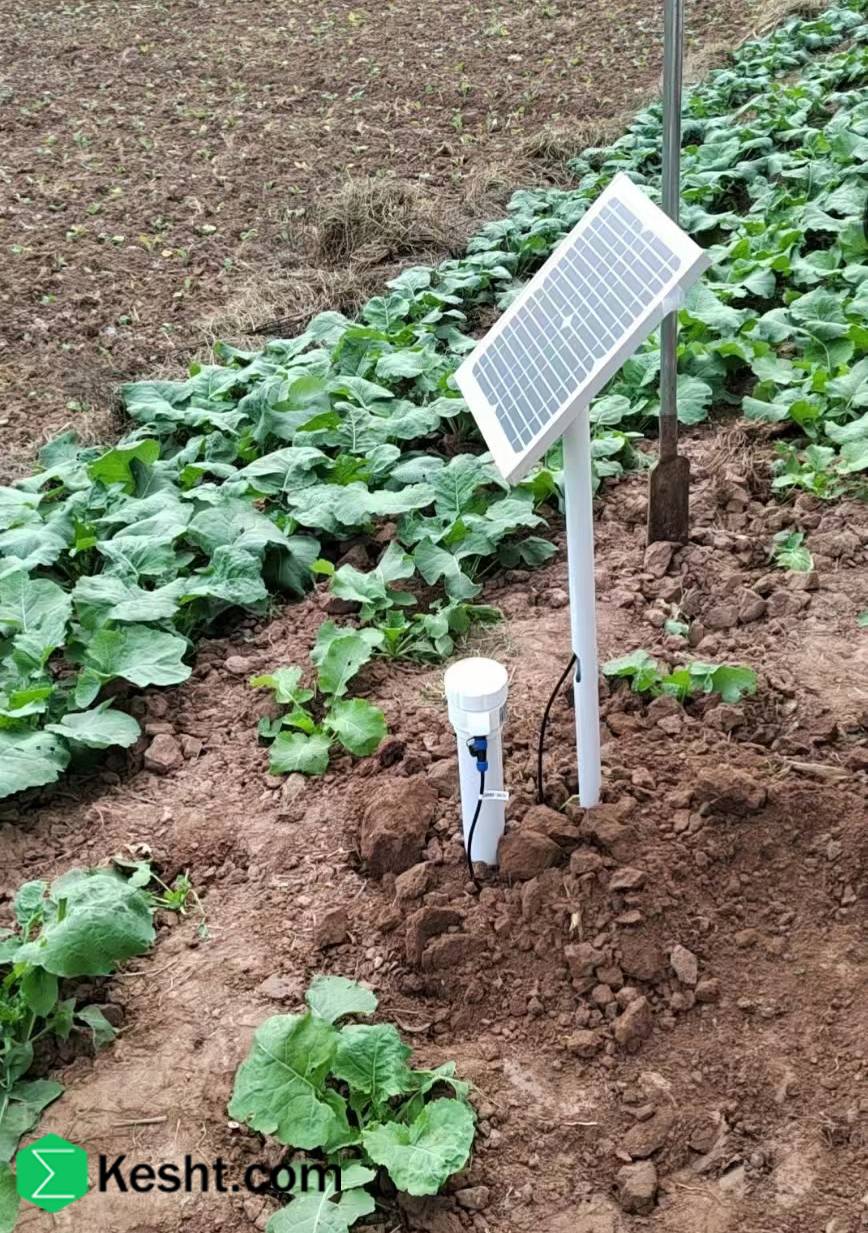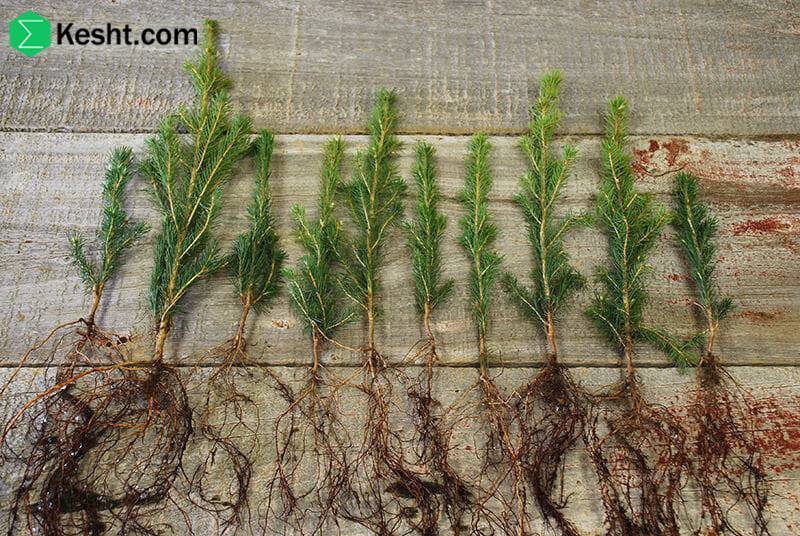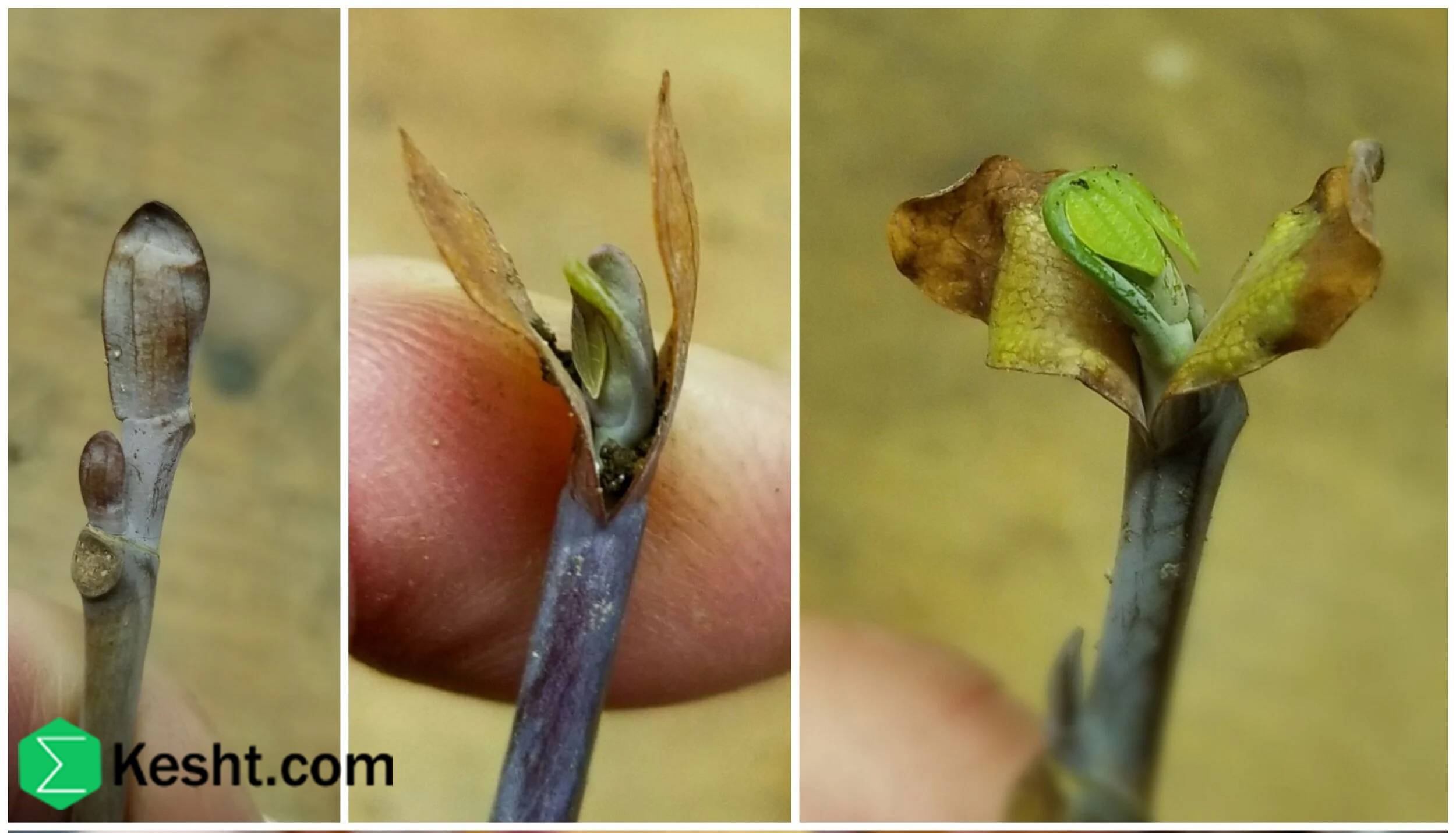Damaging Winds and Newly Planted Saplings
For newly planted saplings, damaging winds (i.e., strong or storm-force winds) can have serious consequences. Wind is one of the main stressors for newly planted saplings and can harm them in various ways.
Effects of damaging winds on newly planted saplings:
Stem breakage or bending
Young saplings have soft, flexible stems, but in strong winds they may break or become permanently bent.
Root detachment from the soil (wind rock)
The root system of newly planted saplings is not yet well anchored. Strong winds can shake the sapling and loosen the roots from the soil—a phenomenon known as wind rock.
Persistent wind-induced movement causes the sapling to become loose in the soil. This motion damages the fine, hair-like roots responsible for water and nutrient uptake and disrupts the plant’s establishment.
Rapid drying of leaves and stems (excessive evaporation)
Strong wind increases the evaporation of water from leaf surfaces. If the roots cannot absorb enough water, the sapling will wilt and may even die.
By increasing the rate of evaporation and transpiration from the leaves, wind causes rapid water loss in the plant.
Soil displacement and erosion
Strong winds can move the surface layers of soil, exposing the sapling’s roots or stripping away the protective soil. Powerful gusts can shift the light topsoil around the sapling and expose roots to the air, which dries and weakens them.
Transmission of pests and diseases
Wind can carry fungal spores, insects, or contaminated particles to the sapling and increase the risk of disease.
Temperature stress (wind chill)
In cold weather, wind can rapidly lower the plant’s surface temperature and increase the risk of frost injury even at air temperatures above freezing.
Measures to protect saplings against damaging winds:
- Install windbreaks:
Use taller plants, mesh netting, or temporary walls placed in the path of prevailing winds.
- Staking and guying:
Install wooden or metal stakes and tie the sapling to them with soft ties (such as fabric or elastomeric materials) to prevent sway and breakage.
- Use of a stake (staking):
Tie the sapling to a sturdy support (such as a wooden stake or bamboo pole) with a soft tie.
Important note: Do not tie the band too tightly, so as not to damage the stem; allow a little movement to strengthen the stem. Staking at two points is usually recommended.
- Cluster planting:
Planting saplings in small groups can help reduce the effective wind force.
- Individual sapling guards:
Use plastic tubes, cardboard, or cylindrical mesh guards placed around the sapling. In addition to preventing wind damage, these guards also protect saplings from rodents.
- Mulching:
Cover the soil surface with organic materials (such as straw or leaf mold) or with agricultural plastic film to prevent erosion and conserve moisture.
- Regular watering:
Maintaining adequate soil moisture helps the sapling withstand wind stress.
- Selecting wind-tolerant species:
In windy regions, it is advisable to use wind-resistant tree species (such as pine, cypress, and ash).
Damaging winds are very dangerous for newly planted saplings and can cause death or poor growth. By adopting simple yet effective measures—such as staking, windbreaks, and mulching—you can prevent these losses and help the sapling reach a stable growth stage. If your area is windy, early planning to protect saplings is essential
